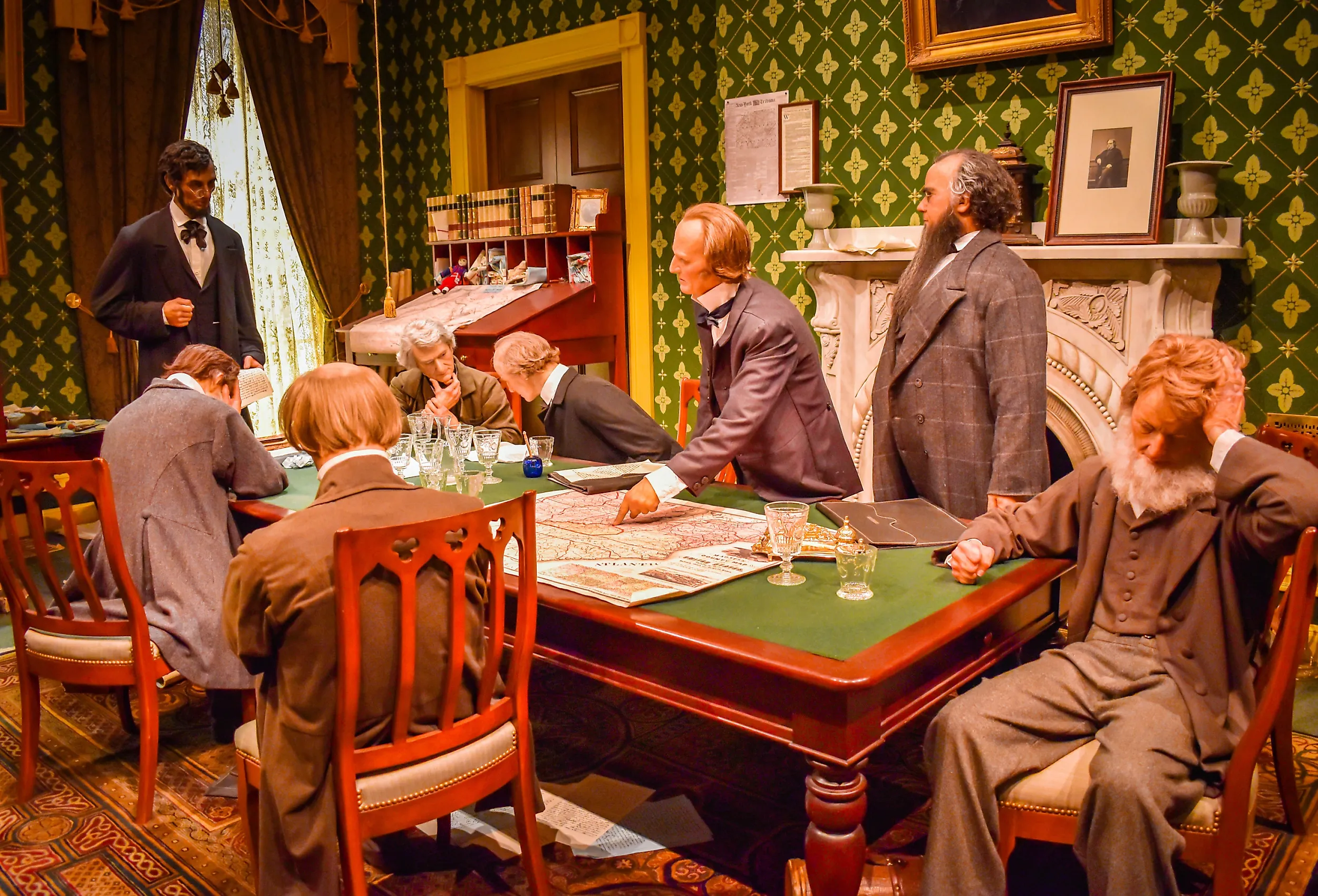
What Was the Reconstruction Era?
The American Reconstruction Era was a period of time during and following the Civil War in which the United States attempted to rebuild. The main goals were to unify the country economically and socially and ensure civil rights for people of African descent. Though there were many successes, such as ratifying the Thirteenth Amendment, it ultimately failed in its goal of immediate unification. Racial tensions continued to rise, culminating in events such as the Wilmington Massacre of 1898. Consequently, historians have debated whether Reconstruction indeed failed or if it laid the foundations for future success.
An Era of Great Change
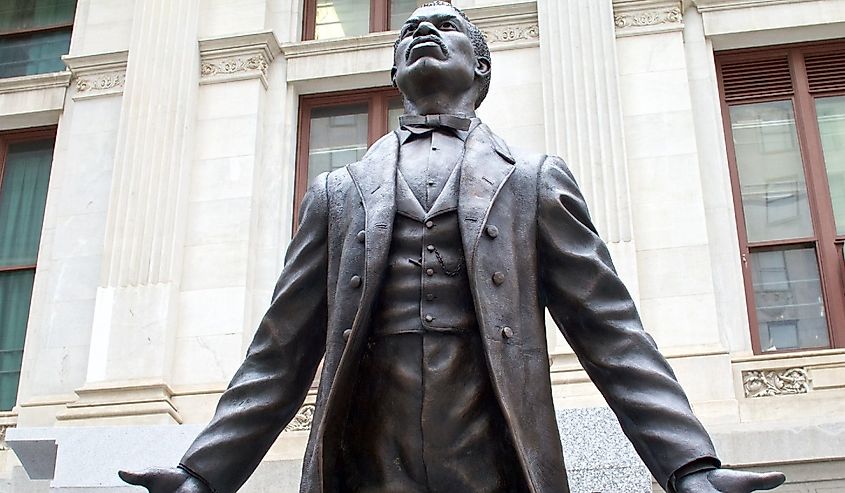
The Reconstruction Era was a period of great social, political, and economic transformation in the United States, which followed the end of the Civil War in 1865 and lasted until 1877. During this time, Congress passed multiple pieces of legislation aimed at abolishing slavery and ensuring rights for newly freed people of African descent. National banking reform also occurred during Reconstruction, with the government creating a national currency and strengthening banking regulations. Additionally, legislators implemented several landowning policies to provide formerly enslaved people with land to make them self-sufficient farmers. This era had far-reaching implications for American politics, culture, and society that are still present today.
Abolition of Slavery
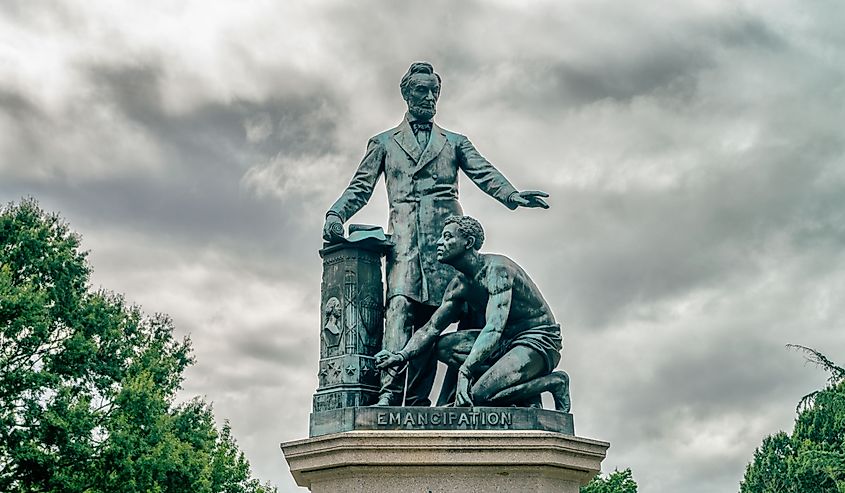
The bronze statue features President Lincoln standing with his left arm out-stretched over a freed slave. Image credit STUDIO MELANGE via Shutterstock
The mid-19th century ushered in significant change for civil rights in the United States. Beginning in 1863, Abraham Lincoln's Emancipation Proclamation marked the gradual freeing of enslaved people over time. The 13th Amendment to the Constitution, ratified in 1865, officially abolished slavery and involuntary servitude nationwide. In addition to this momentous act, Congress passed sweeping civil rights regulations that extended citizenship rights to people of African descent and granted them the right to vote and equality within the judicial system. These developments had profound implications for Americans, especially people of African descent, who could not access these fundamental rights for centuries.
Educational Reform
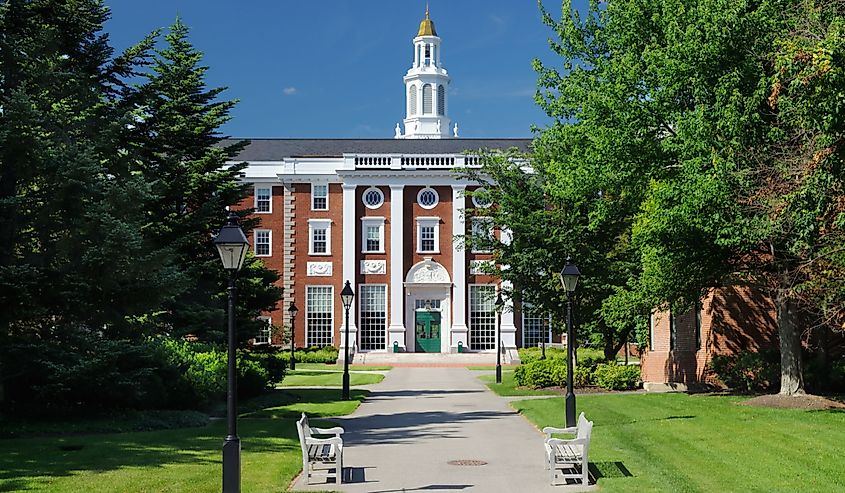
Reconstruction resulted in significant changes to the American education system, leading to new opportunities for all citizens. By the end of Reconstruction, public schools had opened across the country, affording millions of Americans access to education for the first time. Universities, previously only accessible to a select few, were now open and supported by governments at all levels. Thanks to Reconstruction, Americans of different genders, races, and classes could benefit from the same educational opportunities. These advancements allowed students to reach their full potential and follow their dreams, regardless of their background. Segregation became prominent, however, after an 1896 court ruling allowed for "separate but equal" treatment. In reality, 20th-century segregation was a lengthy process that saw the further abuse and oppression of people of color.
A Bubbling Economy
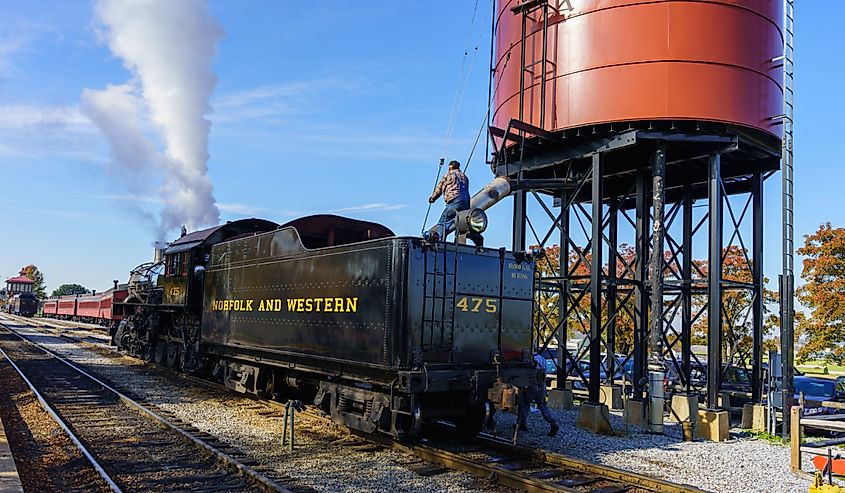
It was an extraordinary moment in the nation's history as the economy flourished alongside vast societal and technological progress. New businesses opened up left and right, quickly becoming major economic players within their respective industries. Industries such as steel and railroads saw explosive growth, while new forms of communication, such as the telegram, were essential for growing commerce. This newfound economic prosperity created a sense of optimism among citizens who hoped that their lives would reflect the newfound stability and wealth that was transforming the nation. It was a remarkable period for business development that greatly impacted individuals and entire cities.
White Supremacists Hindered the Reconstruction
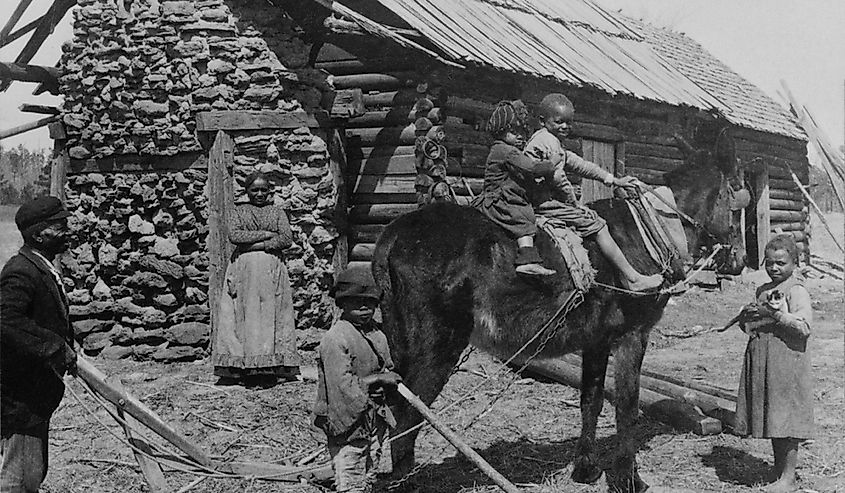
Reconstruction after the Civil War brought people of African descent a new sense of freedom. However, despite legal emancipation, many people of African descent faced difficult economic, social, and political conditions. The Confederacy and previous centuries had restricted their basic rights, and white supremacists sought to maintain that prior status quo. There were advances made for people of color during the Reconstruction period concerning their education, voting rights, and land ownership—but these advancements often suffered from continued racism among individuals and institutions alike. Even with these newfound freedoms, formerly enslaved people struggled to gain economic security or thrive under these oppressive realities where minorities were second-class citizens.
The Era Inspired 20th-Century Civil Rights Leaders
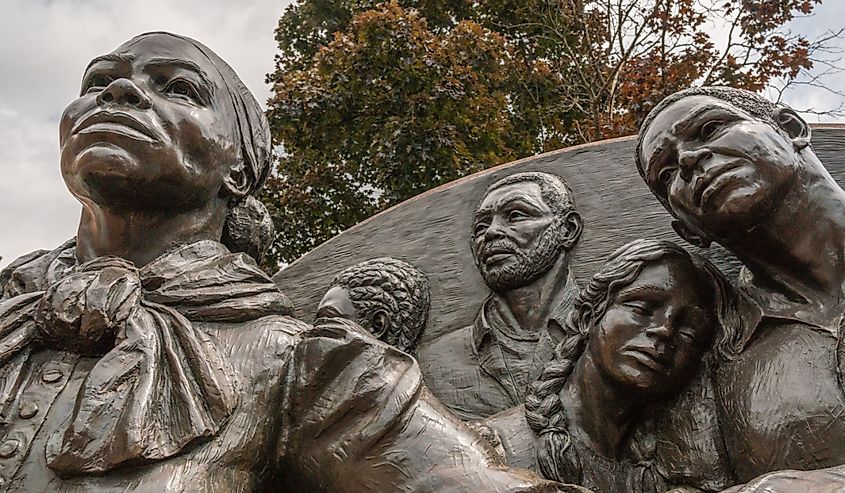
20th-century civil rights leaders of the United States were undoubtedly inspired by the Reconstruction Era after it showed it was possible to push for significant initiatives to claim rights. In fact, the Civil Rights Movement was even dubbed the Second Reconstruction between 1945 and 1968. During the era, people of color across the country worked to create change through politics and swaying popular opinion on important topics, such as emigrant rights, increased representation in government, and racial integration of public facilities. Although this momentum was largely dismantled soon after with oppressive disenfranchisement laws, resulting in much suffering for people of color over the ensuing decades, it left an indelible mark on our nation's history. The brave leaders of the 20th-century civil rights movement took those early efforts one step further, liberating people of color and creating a brighter future for generations. However, that effort is still unfinished in the United States.
Racism Still Exists
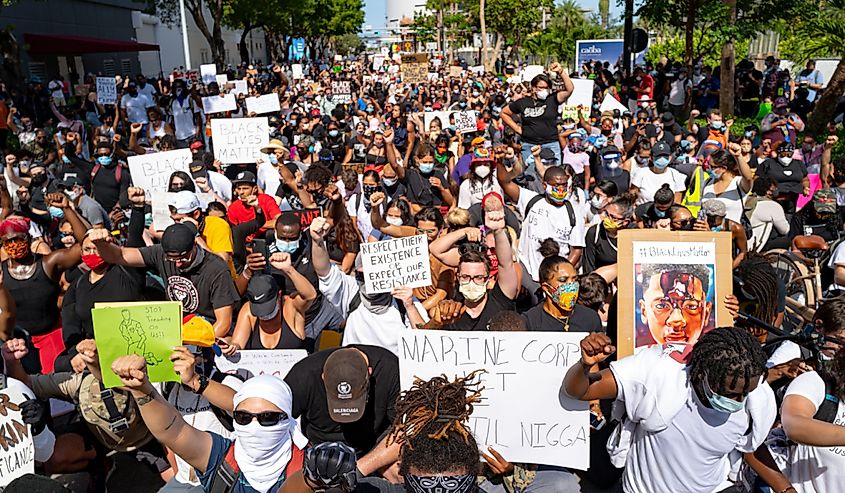
Racism continues to be an issue in America, despite strides toward equality for all. It is essential to recognize that citizens of any society must work to dismantle systems of racial discrimination. Discussing how racism affects society and being vocal about needing change is integral to progressing as a nation. Although it is difficult to resolve this issue overnight, awareness and education are powerful tools to make a difference by enabling people to open their minds and work towards a more accepting world.
Police Violence in Modern-Day America
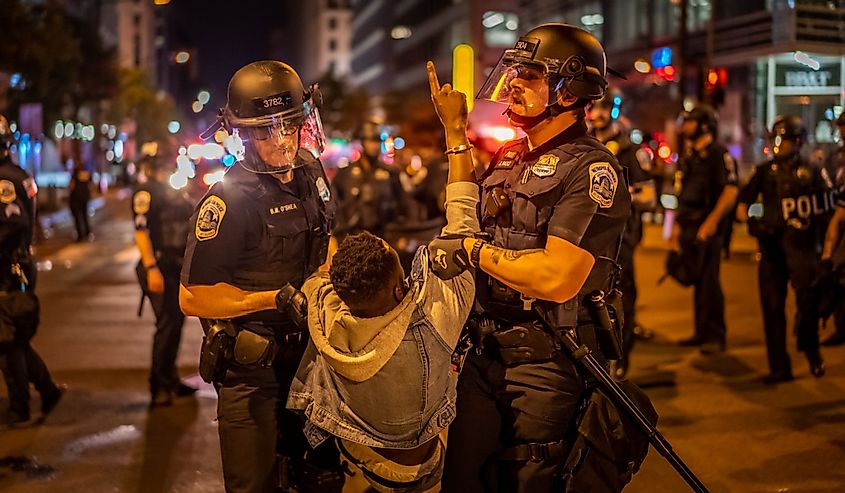
Police violence is a systemic problem in the United States, particularly when it comes to targeting people of color. Extensive studies in recent years focus on why it exists and how to end it. Unfortunately, despite legislation designed to limit this form of discrimination and dehumanization, police violence continues to arise throughout the country, and it disproportionately affects minorities. Police officers possess a tremendous amount of authority—they are responsible for upholding laws while protecting citizens from harm—yet without proper oversight and education, officers can easily abuse that power. This creates an environment where police officers feel empowered to mistreat specific individuals based on their backgrounds, resulting in counter-productive solutions that worsen these problems. Society must address this abhorrent violence against people of color by improving training for officers and creating better oversight programs to ensure that law enforcement is not an instrument of racial injustice.
Taking all of this into consideration, one cannot deny the immense progress that occurred in the American Reconstruction Era; it is evident that people of African descent gained rights and freedoms restricted to them before. Nonetheless, much work remains in America as racism still runs rampant despite the gains made during the Reconstruction Era. These problems are deeply rooted and require persistent effort from individuals and institutions over multiple generations for true social reform. Indeed, the American nation owes much to those involved in Reconstruction. As President Lincoln pointed out during his Gettysburg Address over 150 years ago: "With malice toward none; with charity for all." With this in mind, Americans can move closer to a better future by embracing these sentiments.











